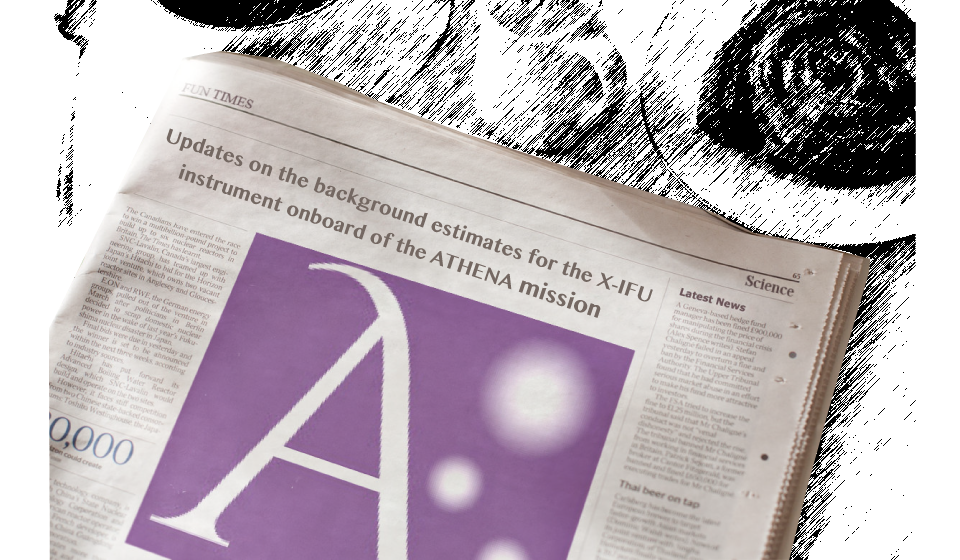
Updates on the background estimates for the X-IFU

By Simone Lotti
Abstract: "Athena, with a launch foreseen in 2028 towards the L2 orbit, addresses the science theme "The Hot and Energetic Universe", coupling a high-performance X-ray Telescope with two complementary focal-plane instruments. One of these, the X-ray Integral Field Unit (X-IFU) is a TES based kilo-pixel array providing spatially resolved high-resolution spectroscopy (2.5 eV at 6 keV) over a 5 arcmin FoV. The background for this kind of detectors accounts for several components: the diffuse Cosmic X-ray Background, the low energy particles (<~100 keV) focalized by the mirrors and reaching the detector from inside the field of view, and the high energy particles (>~100 MeV) crossing the spacecraft and reaching the focal plane from every direction. Each one of these components is under study to reduce their impact on the instrumental performances. This task is particularly challenging, given the lack of data on the background of X-ray detectors in L2, the uncertainties on the particle environment to be expected in such orbit, and the reliability of the models used in the Monte Carlo background computations. As a consequence, the activities addressed by the group range from the reanalysis of the data of previous missions like XMM-Newton, to the characterization of the L2 environment by data analysis of the particle monitors onboard of satellites present in the Earth magnetotail, to the characterization of solar events and their occurrence, and to the validation of the physical models involved in the Monte Carlo simulations. All these activities will allow to develop a set of reliable simulations to predict, analyze and find effective solutions to reduce the particle background experienced by the X-IFU, ultimately satisfying the scientific requirement that enables the science of ATHENA. While the activities are still ongoing, we present here some preliminary results already obtained by the group."

